Working hard in the background...
How to Maximize Your Aeroplan Points
Published Oct 28, 2025 1:06 PM • 7 min read
The best way to redeem your Aeroplan points is towards Aeroplan flights at atleast 2.1 cent-per-point value – just ask our Aeroplan points value calculator!
But how can you maximize your Aeroplan points when confronted by dynamic pricing on Air Canada and select partner flights?
In this post, we’ll teach you ways to tackle Aeroplan's tricky dynamic pricing system and alternative airfare options like booking fixed reward flights through partner airlines.
Stick around for tips on how to stretch your Aeroplan points as far as possible.
Booking With Air Canada: Tackling Aeroplan’s Dynamic Pricing System
Aeroplan’s dynamic pricing system can be costly as it constantly fluctuates depending on supply and demand.
Dynamic pricing is used on both Air Canada flights and select partner flights.
But how do you make sure this model doesn’t trick you into overspending?
Strategize Your Spending
The simplest way to ensure that you’re getting the best price for your Aeroplan points – especially when travelling on popular routes – is to check if the price you see for your desired flight is close to the “starting at” price featured in the Aeroplan Flight Rewards Chart and ideally not much higher than the posted median price. You can also check to see if the price is similar to the fixed prices provided by partner airlines.

Book in Advance
The closer you book your flight to your departure date using Aeroplan points, the higher the overall cost of airfare. To avoid this, simply book your flight using Aeroplan points as far in advance as possible. The sooner you book, the more identical your flight price may be to the “starting at” price posted on Air Canada’s pricing chart.
When you travel also matters. Research your destination’s shoulder seasons beforehand and consider booking accordingly. Not only does travelling during shoulder seasons help you avoid crowds, it can also cut costs. Typically, high tourist seasons mean prices that are well above the "starting at" prices posted on Air Canada’s pricing tables. As a general rule, you’ll want to avoid popular travel periods like winter, spring, or even summer break.
Remain Flexible
Sometimes the best way to get the best deal is to let discounted flights dictate your vacation. If possible, see which flights offer cheap redemptions first, then plan your time off accordingly.
Popular flight routes like Vancouver to Toronto or Vancouver to Montreal have multiple departures per day, so you might even want to seek out the cheapest available flight on a particular day as well.
For international trips, it’s smart to search for secondary routes. Secondary routes refer to booking a flight into a less popular airport of your country of choice. For example, if you’re travelling to France, instead of flying into Paris (CDG), you might want to fly into Lyon (LYS) instead.
Tap into eUpgrades
Aeroplan’s eUpgrade perks offer credits that enable you to upgrade your cabin class on eligible flights for the same economy price point.
For example, with eUpgrades, you can book an economy latitude flight with the potential to boost your flight to a higher cabin class, like business class. These upgrades are subject to availability and, sometimes, you might get waitlisted.
Note that you’ll need enough credits to upgrade each passenger. If an available upgrade costs 4 credits, that means you’ll need to spend 4 credits per traveller.
To earn eUpgrades, you’ll need to qualify for Aeroplan Elite Status.
Booking With Partner Airlines: The Alternative
Aeroplan has tons of partner airlines within its network (including several Star Alliance members), many of which are even more luxurious and easier to optimize than Air Canada and its tedious dynamic pricing system.
Popular partner airlines include:
- United
- Lufthansa
- Cathay Pacific
- SWISS
- Turkish Airlines
- Emirates
- Etihad Airways and more
You can use your Aeroplan points to secure premium business and first-class seats within partner airlines for a price that won't budge.
Understanding Cost Differences
Aeroplan divides the world into four regions: North America, South America, the Atlantic, and the Pacific. These zones are broken down within the Aeroplan Flight Rewards Chart that includes several different tables that categorize the different flight costs expected by region or between regions.
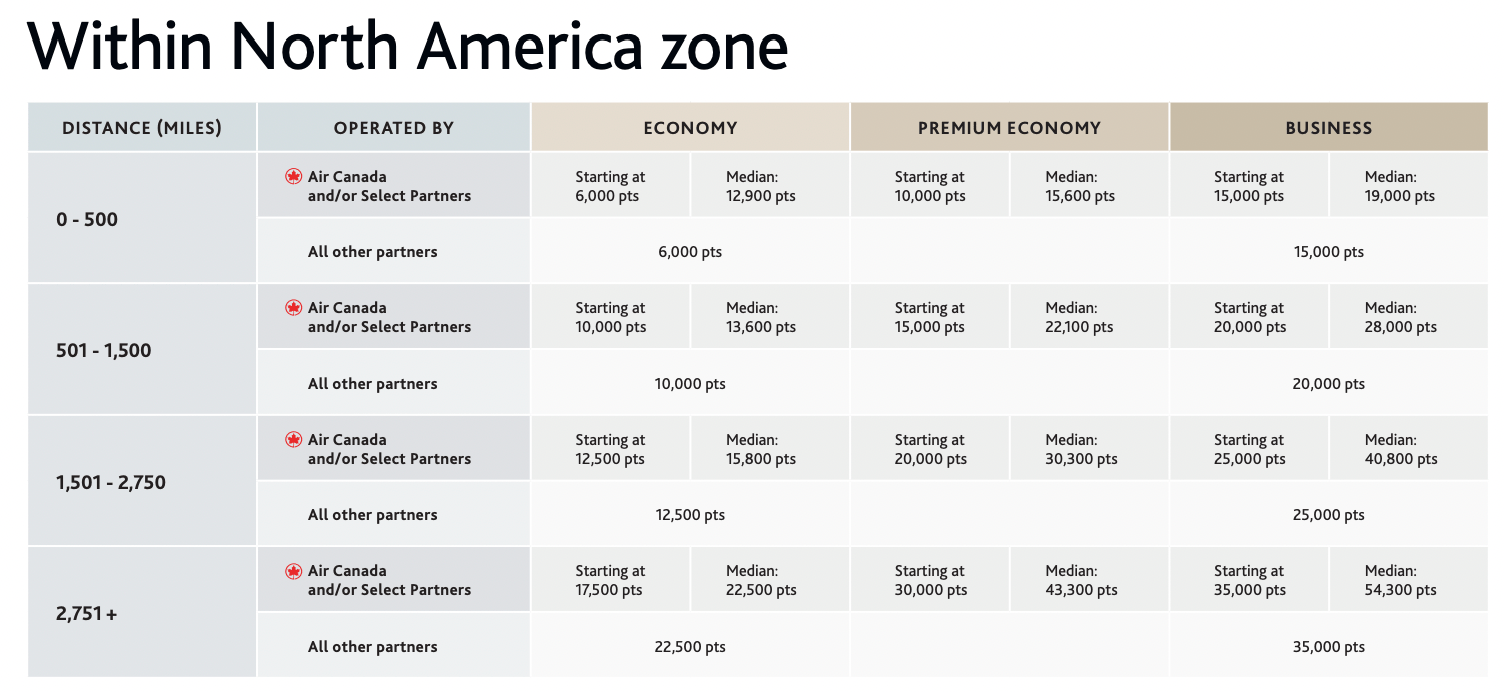
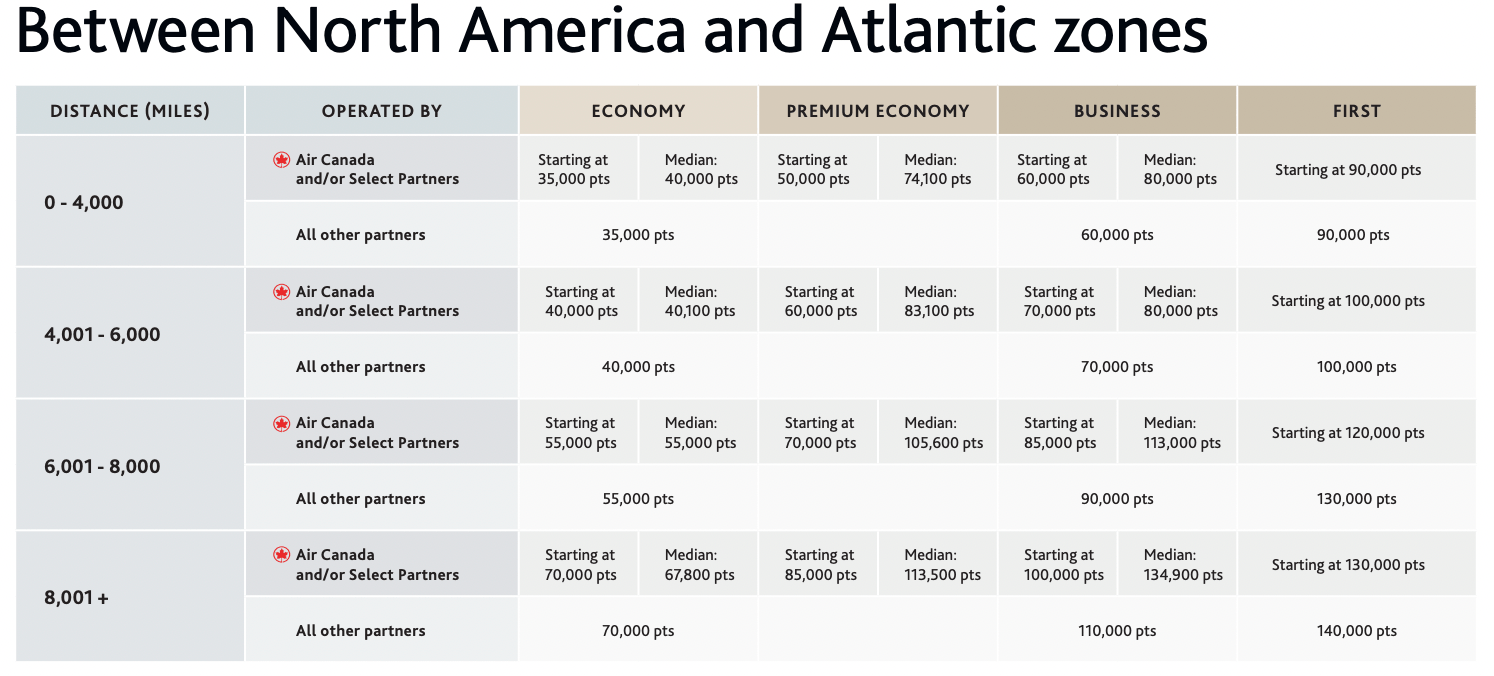
Costs are determined by distance and each table devotes a column to different distance bands, measured in miles. The next column categorizes these bands by operator which is split between Air Canada and select partners and all other partner airlines. The following columns present each flight class (economy, premium economy, business etc.). The estimated Aeroplan point price per flight then depends on the operator.
While Air Canada and select partner flights are subject to dynamic pricing, most partner flights use fixed pricing, so you don’t have to worry about fluctuations.
Bottom line: In many cases, you can book most partner airlines for much less than an Air Canada flight by avoiding dynamic pricing. For these flights, you’ll pay the same price for available rewards seats at all times.
That said, recently, a few partner airlines have adopted dynamic pricing as well – these are the “select partners” you see mentioned on each table alongside Air Canada. These airlines include:
- United Airlines
- Etihad Airways
- Fly Dubai
- Emirates
- Calm Air
- Canadian North
- PAL Airlines
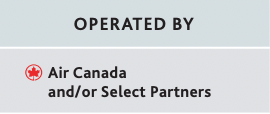
Unfortunately, this means that for these previously fixed-price airlines, you may have to pay a lot more for your reward seats.
The solution? Stick to other partners that still use fixed pricing. This way, your points will go a long way.
Pro Tips to Maximize Your Aeroplan Points
Want to squeeze even more value from your Aeroplan points? Here are some lesser-known strategies seasoned flyers swear by.
1. Add a Stopover for Just 5,000 Points
Aeroplan lets you tack on a stopover (up to 45 days) on a one-way international flight for only 5,000 extra points.
That means you could fly Toronto → Zurich (stopover) → Bangkok and see two destinations for just a few thousand points more.
This feature works on most partner airlines and can easily push your redemption value beyond 2 ¢ per point.
(Tip: stopovers often require calling Aeroplan to book.)
2. Combine Points + Cash for Better Value
You don’t always need to redeem your entire fare in points. Aeroplan’s Points + Cash slider sometimes gives a better “cents-per-point” rate if you leave a small cash co-pay.
Try moving the slider to find the sweet spot where you spend fewer points but still get great value.
3. Mix Cabins for Cheaper Premium Seats
If you can’t find a full business-class itinerary, book a mixed-cabin route.
Aeroplan prices tickets by the distance-weighted average of each cabin, so flying economy on a short leg and business on a long one can save tens of thousands of points—without sacrificing comfort where it counts.
4. Time Your Booking Around Partner Inventory Reloads
Some partners quietly release extra award seats at predictable times:
- Lufthansa: ~14 days before departure
- ANA: 7–14 days before
- Turkish Airlines: about 355 days out
Use tools like SeatSpy or ExpertFlyer to monitor these drops and grab hard-to-find business-class awards.
5. Pool Points With Family Members
Aeroplan’s Family Sharing feature lets up to eight members combine balances with no transfer fees.
If someone in the pool holds Elite Status, everyone enjoys preferred pricing and upgrade eligibility—making your collective points go further.
6. Stack Credit Card and Shopping Portal Bonuses
During Aeroplan eStore promos, you can earn 5×–10× points at major retailers.
Combine that with some of the best Aeroplan credit cards and you’ll rack up points much faster than through flights alone.
7. Watch for Transfer Bonuses
Aeroplan frequently runs 10–20 % transfer bonuses with partners like American Express Membership Rewards or RBC Avion.
Time your transfer right and your 50 K MR points could become 60 K Aeroplan points—free miles just for waiting a little longer.
Conclusion
If possible, the most predictable and often affordable way to maximize your Aeroplan points is to book flights through fixed-price airline partners. Alternatively, frequent Air Canada flyers can be strategic about how they approach the dynamic pricing system by finding flights closest to the “starting at” prices posted to rewards tables, by booking in advance, by remaining flexible about when and where they fly, and by qualifying for Aeroplan Elite status and making use of eUpgrades.
Regardless of which avenue you choose to extract the most value out of your Aeroplan points, your journey towards earning Aeroplan points starts with the right credit card. Lucrative Aeroplan-point-earning cards include contenders like the American Express Aeroplan Reserve Card or the American Express Cobalt Card if you’re willing to transfer your Aeroplan Membership Rewards points to Aeroplan at a 1:1 ratio.
Frequently Asked Questions
Not necessarily. While it’s true that Aeroplan points can be worth around 2.1 cents-per-point, Air Canada’s dynamic pricing system can make airfare more expensive than expected. In these cases, or if you simply want more predictable value, book with a fixed-price partner instead.
There are a few ways you can strategically use your Aeroplan points to save money, notably:
- Book your flights early to lock in lower point costs
- Stay flexible with your travel dates and destinations to secure cheaper airfare
- Check partner flights with fixed pricing
If you qualify for Aeroplan Elite Status, you can also take advantage of eUpgrades which allow you to upgrade cabin classes using a credit system.
If you already qualify for Aeroplan Elite Status or intend on flying enough to work your way up to this title, then eUpgrades are a great way to optimize your Aeroplan points. With eUpgrades, you can book a cheaper economy fare and use credits to upgrade to premium or business class. In other words, you’ll receive a luxury experience for the price of economy.
Trending Offers
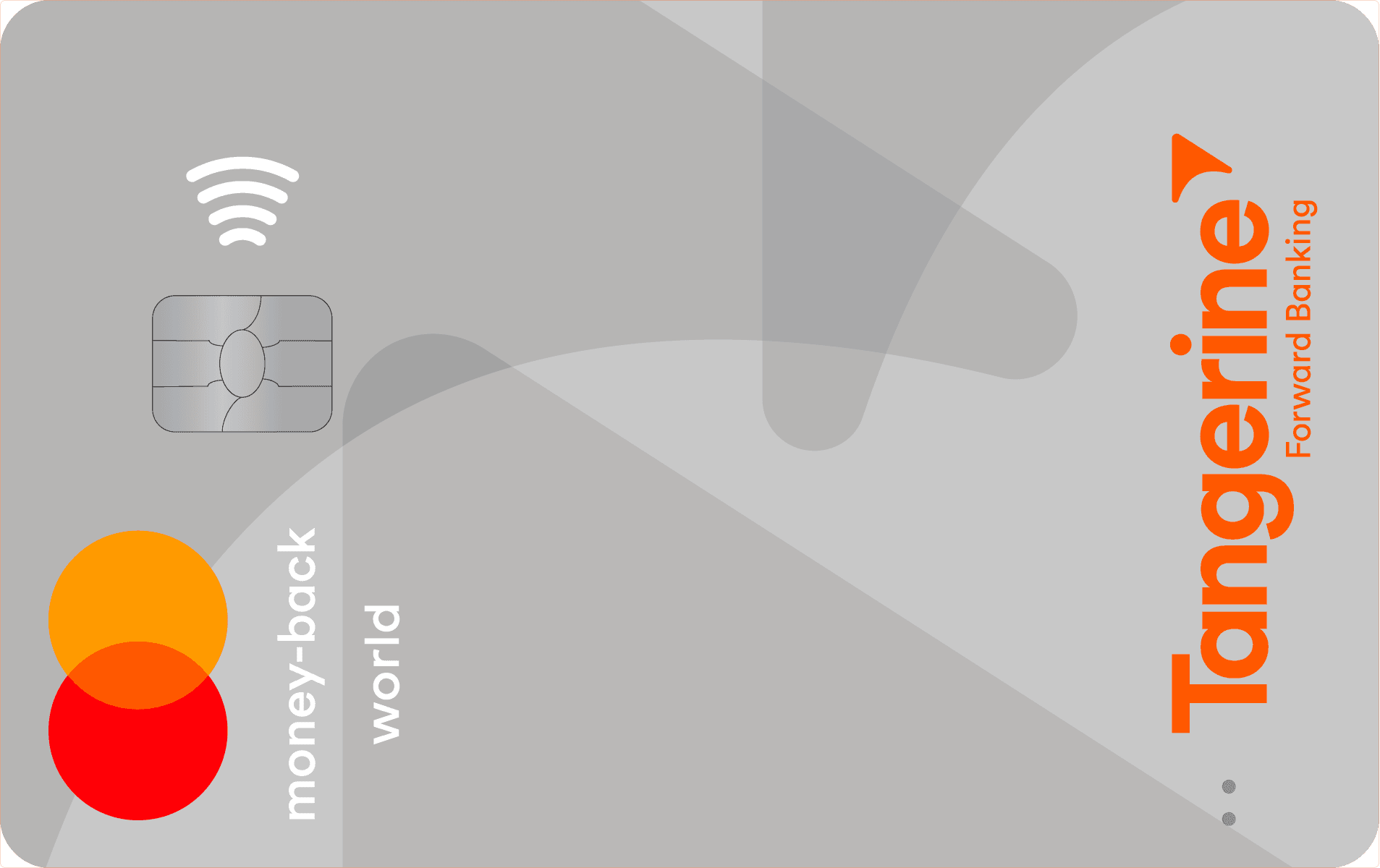
Tangerine® Money-Back World Mastercard®*
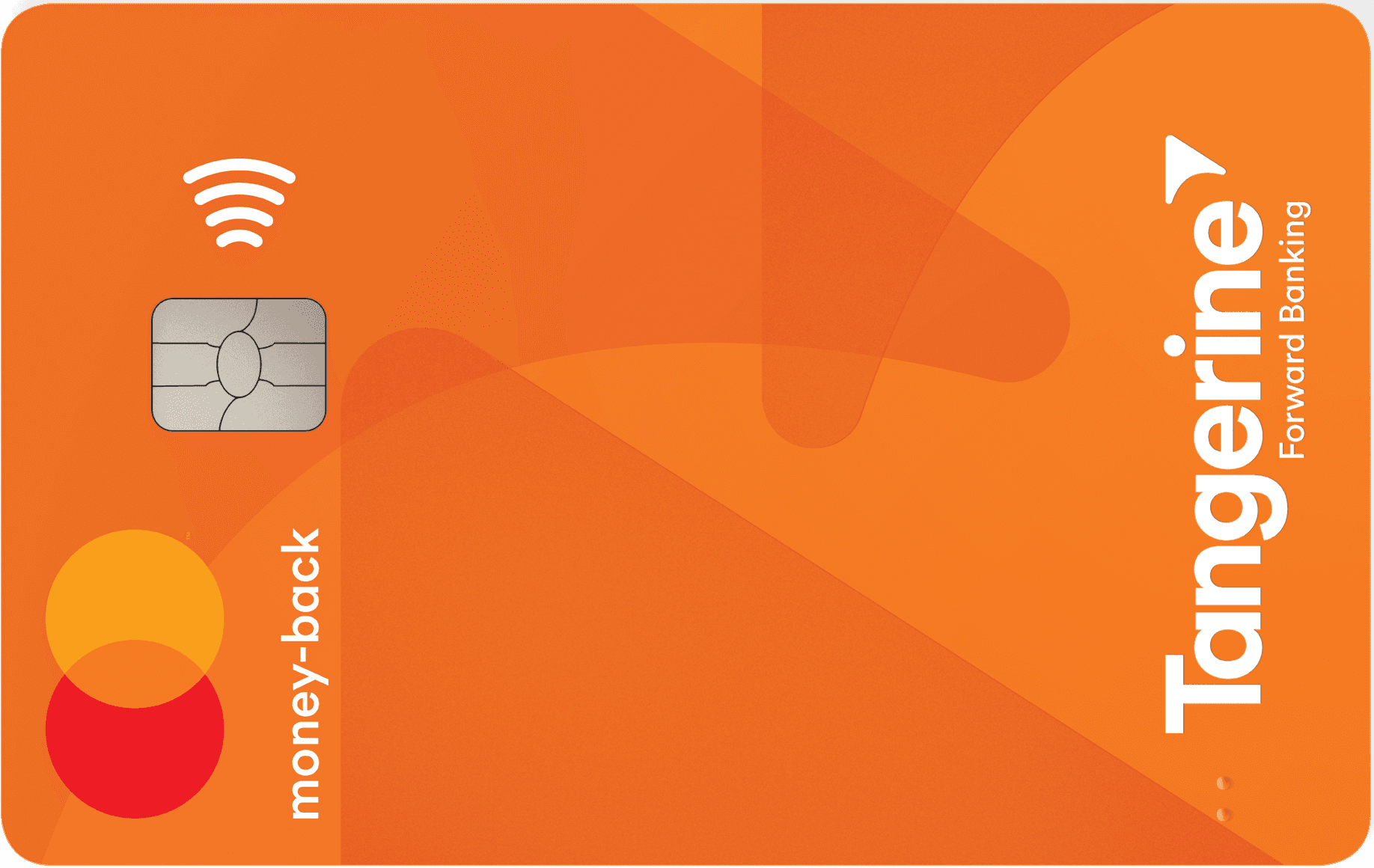
Tangerine Money-Back Mastercard

Neo World Elite® Mastercard®
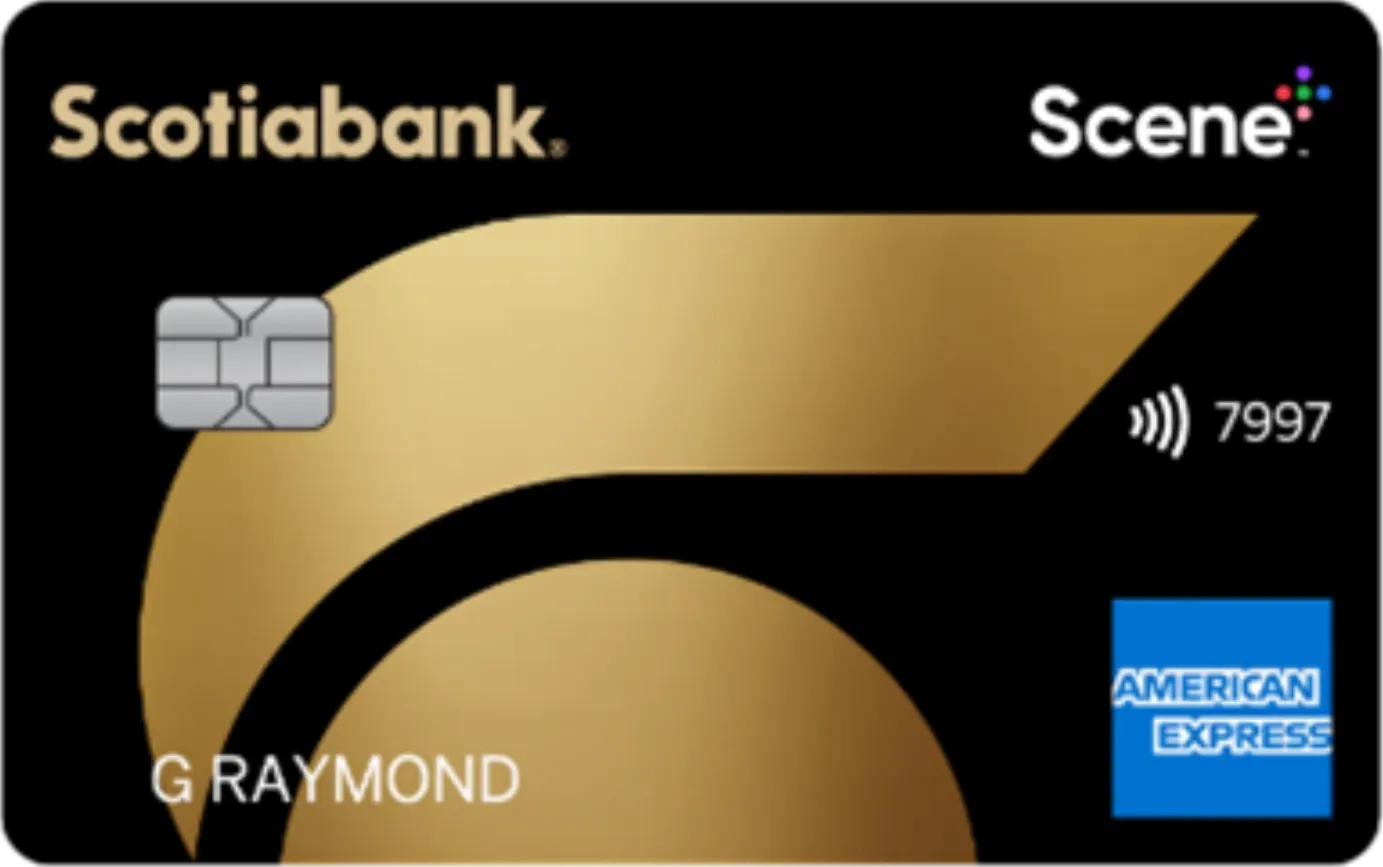
Scotiabank Gold American Express® Card
About the author

Sara Skodak
Lead Writer
Since graduating from the University of Western Ontario, Sara has built a diverse writing portfolio, covering topics in the travel, business, and wellness sectors. As a self-started freelance content ...
SEE FULL BIOAbout the editor

Kevin Shahnazari
Credit Card Expert
Kevin started FinlyWealth and juggles a bit of everything—digging into data, running our marketing, and keeping the finances on track. Before this, he spent years as a data scientist at tech companies...
SEE FULL BIO